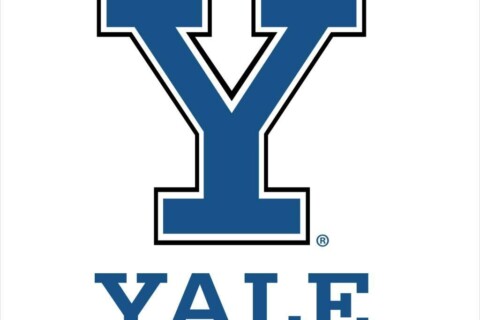Medicine (MD/DO/MD-PhD)
Medicine is an inclusive profession that offers varied opportunities. Ideally, all physicians aspire to be:
- Altruistic, compassionate, trustworthy, and truthful in their relationships with patients, patients’ family members, and professional colleagues.
- Knowledgeable about the scientific basis of medicine and the normal and abnormal functioning of the body.
- Skillful in communicating with and providing care to their patients.
- Dutiful in working with other physicians and health care professionals to promote the health of individual patients and community members.
(source: Medical School Admissions Requirements publication)
Osteopathic physicians receive the same medical training as their allopathic (M.D.) counterparts, plus an additional 200 hours of osteopathic manipulative medicine (OMM) – a hands-on therapy that is used to diagnose and treat illness and injury.
- D.O.s are trained to focus on the whole person, working with patients to achieve high levels of wellness and disease prevention. Osteopathic Manual Medicine Explained.
- Some Osteopathic Medical Schools offer D.O. / Ph.D. and other dual degree programs. Learn more about the programs here.
- Osteopathic Medical Schools Adapt Admissions Processes in Response to COVID-19.
(source: Become and Osteopathic Physician)
MD-PhD programs provide training in both medicine and research. MD-PhD trainees prepare for careers in which they will spend most of their time doing research, not only taking care of patients – “bench to bedside.” MD-PhD graduates often become faculty members at medical schools, universities, and research institutes.
- MD-PhD training efficiently integrates the scientific and medical education of the physician-scientist.
- Most MD-PhD programs provide trainees a stipend and tuition scholarships. The extent of financial support varies among programs and may only support U.S. citizens and permanent residents.
(source: AAMC MD-PhD website)
There are typically some basic science requirements – biology, chemistry, physics, math/statistics – for admission to most U.S. & Canadian Allopathic (MD), Osteopathic (DO) and MD-PhD programs. It is important you refer to each school’s website for specific requirements.
📝 All U.S. and Canadian medical schools require applicants to take an entrance exam. The test assesses your problem solving, critical thinking, and knowledge of natural, behavioral, and social science concepts and principles prerequisite to the study of medicine.



